Photo Credit: National Park Service
[Editor’s note: This commentary is prompted by a rancher’s move to kill one of the Santa Monica Mountains’ beleaguered mountain lions after one or more of those lions killed ten alpacas and a goat. As we published this piece, the owner of the unfortunate livestock was reportedly negotiating an alternative, non-lethal response to the puma depredation. We will update this story as necessary.]
Biologist Alessandra Soresina spent much of the late 1990s and early 2000s driving around looking for big cats. She knew the local feline population well enough that eventually she’d amassed massive files on each individual. She knew their movements, she knew which cats were friends with which other cats, and she’d even made some guesses as to the structure of their family trees. But sometimes after seeing an individual two or three times in a year, they’d disappear. Entire social groups would collapse.
The cats that Soresina was after were not mountain lions, but African lions, and she wasn’t driving around the Santa Monica Mountains, but Tanzania’s Tarangire National Park.
At first, Soresina blamed the hunting blocks that lied just outside the park’s boundaries. Lions born inside the park would eventually wander onto private property where they became fair game for a wealthy trophy hunter. It’s a compelling way to explain the males with their impressive manes who would disappear. But why were the females disappearing just as often?

